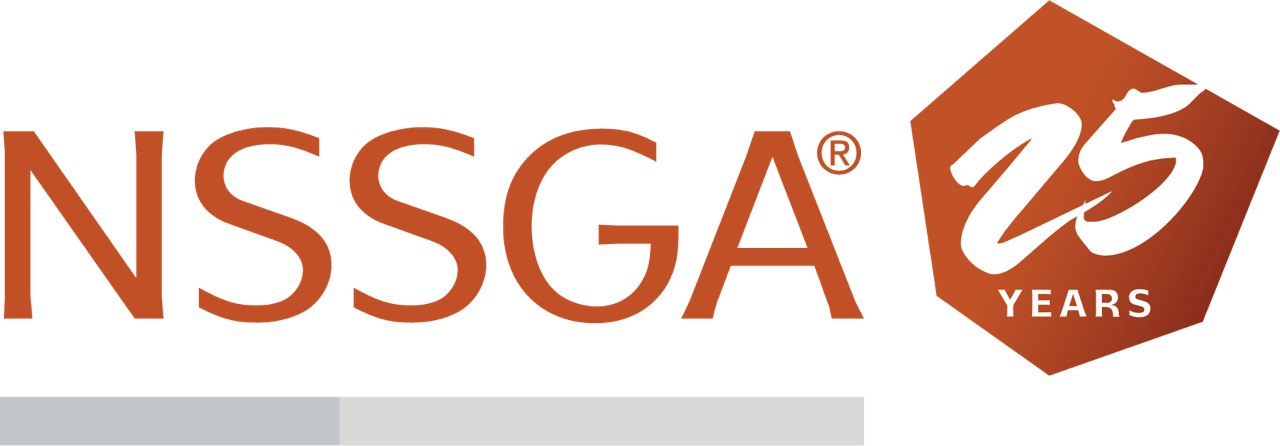Addressing Distractions on Mine Sites
dis-trac-tion (n) 1. A thing that prevents someone from giving full attention to something else.
Distractions on mine sites can be deadly. The scale and power of equipment used coupled with ever-changing site conditions requires complete and undivided attention be given to the task being performed. The aggregates industry goes to great efforts to train miners about the hazards associated with mining– but even years of excellent training can be undone with just seconds of distraction. Distractions can, and do, result in catastrophes that cause major damage, severe injuries, and death.
It is important to recognize distractions, understand what causes them, and proactively work to minimize or eliminate miners from becoming distracted. Everyone– including safety professionals, managers, and miners– must be aware of the role distractions play in accidents and these resources are intended to provide a framework that outlines how to address distractions at your quarry. Through planning, incorporating distraction awareness into hazard identification, training, implementing anti-distraction policies and procedures, and regular review, aggregate operators can proactively address one of the greatest causes of accidents and injuries: distraction.
Here you will find additional resources including articles to assist in identifying distractions and training tools to aid in the development of components of your programs that address distraction on mine sites.
Since workplace distractions impair workplace performance and are one of the leading causes of on-the-job injuries, planning steps to manage distractions with policies and programs should be taken pro-actively.
• Management has the responsibility for establishing the message that reducing workplace distraction is a priority, particularly when considering work planning and scheduling.
• Set policies and establish messages that clearly communicate the risks of workplace distraction and how best to avoid distractions in the workplace.
• Consider establishing a multi-discipline team that represents both management and work crews to participate on planning activities.
• If data is available, look for trends in incident occurrences that indicate workplace distraction as a contributing factor.
• Review any current safety practices or policies related to distraction to evaluate if they meet the needs of the workplace and identify areas that can be improved upon.
Increasing awareness about distraction hazards is a key step in preventing accidents and injuries due to distraction. By fostering a culture where individuals are mindful before beginning a task and others are encouraged to speak up, companies can increase identification of distraction-based hazards and decrease associated accidents and injuries.
• Specify policies against multi-tasking (e.g., driving and texting, conducting tasks while using cell phones, etc.).
• Identify common or potential distractions as part of a job hazard assessment before beginning work.
• Encourage a culture where all employees can check in with one another about distractions or mental fatigue without accusation.
Training is an essential component of all safety programs. The importance of maintaining focus and proactively avoiding distractions should be integrated into all aspects on an operator’s training program including New Miner Training, Task Training, Part 46, Toolbox Talks, and any other time training is conducted.
• Training should emphasis that workers should not interrupt or distract another worker while he/she is conducting a task. Don’t be a distraction to your co-worker.
• Develop a resource library for distraction training. Find materials from YouTube, MSHA, OSHA, National Safety Council, NSSGA, colleagues, and more.
• Use nudges or other reminders to keep employees mindful of the task at hand. It is easy for a mind to wander when preforming a routine or repetitive task, and reminders can help bring attention back to where it is most needed.
It is important to integrate practices that decrease distractions into company policies and procedures. This formalizes a company’s commitment and focus on distraction awareness and can help administratively remove or decrease hazardous distractions from work situations.
• Ensure existing policies and procedures emphasize the importance of maintaining focus on the task at hand.
• Establish policies addressing key causes of distractions: cell phones, texting, fatigue, etc.
• Include an assessment of distractions or lack of focus as a potential cause in incident investigation procedures. Share findings (without blame or targeting individuals) to increase awareness about the role distractions play in accidents.
• Add the hazard of distraction to job hazard assessment forms or programs.
• Consider requiring use of “do not disturb” warning signs and barriers or barricades for specific tasks (e.g., welding) to reduce distraction hazards.
Like any safety program, safety practices addressing distractions need to be reviewed for effectiveness and continued improvement. Share findings of reviews with employees and management.
• Review previous accident investigations and reviews to identify and highlight where distractions could have been or were a contributing factor.
• Ensure that safety conversations do not become a distraction – including those conversations that are part of a behavior-based safety program.
• Review overall programs and ensure that distractions are considered as part of accident investigations, day-to-day operations, and more.

